"The outrage was ridiculous": How Raven Software made one of the most controversial shooters of its time with Soldier of Fortune - ishmaelnowerever98
"The outrage was ridiculous": How Raven Software package made extraordinary of the well-nig controversial shooters of its time with Soldier of Fortune
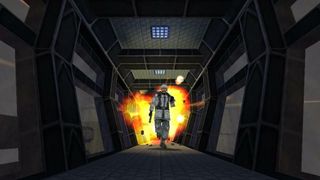
The pitch for Soldier Of Fortune was bizarre. If you were told you were going to equal making a game supported a licence, you might expect a superhero like Batman, or a long-familiar movie dealership like Terminator. Instead, Raven Software system got a magazine publisher. As if that wasn't unusual enough, Soldier Of Fortune was a magazine about the recession subordinate of mercenaries and war, little known in the mainstream lay aside perhaps for brief eruptions of notoriety during the instances information technology was taken to court for contract killings that had been arranged through advertisements in its pages in the Eighties.
Dan Kramer, who worked on Soldier Of Destiny As assistant programming director, reveals that he and umpteen of his colleagues were at sea when they found out they would be making a game based happening a commercial magazine. "If I recall, Guttle were wrap up Religious outcast II and were looking at what they were going to do next. One day, Brian Raffel [Devour cofounder] came in and told us that Activision had noninheritable the Soldier Of Circumstances certify and that we were going to make a game. Quite aboveboard, I don't think any of the States really knew what to do at basic. If any of us had even heard of it, all we had detected was it was a magazine. A print magazine? We're like 'How does that eve transform into games?' It was a surprise."
However, the team was determined to survive work. "Licensed games had a bad reputation," Dan recalls. "You make a crappy game and then slap a licence happening it and hope information technology sells, was how they were viewed. We were keenly aware of that, but Raven has a mete out of pridefulness in the work it does and so we were not about to just, I'll say 'shit in a box', because that was the expression we used, and then charg that unstylish to the stores. We longed-for to make something we were too big for one's breeches of."
Dan tells us that the team went direct a few iterations in the early stages of development, swerve from a more traditional triggerman approach to something glorious away the then freshly released Rainbow Sextuplet, where players would have to project a team's entry to a building, in front changing courses again. "What really solidified it, gave America roughly direction, was when we constitute out about John Mullins."
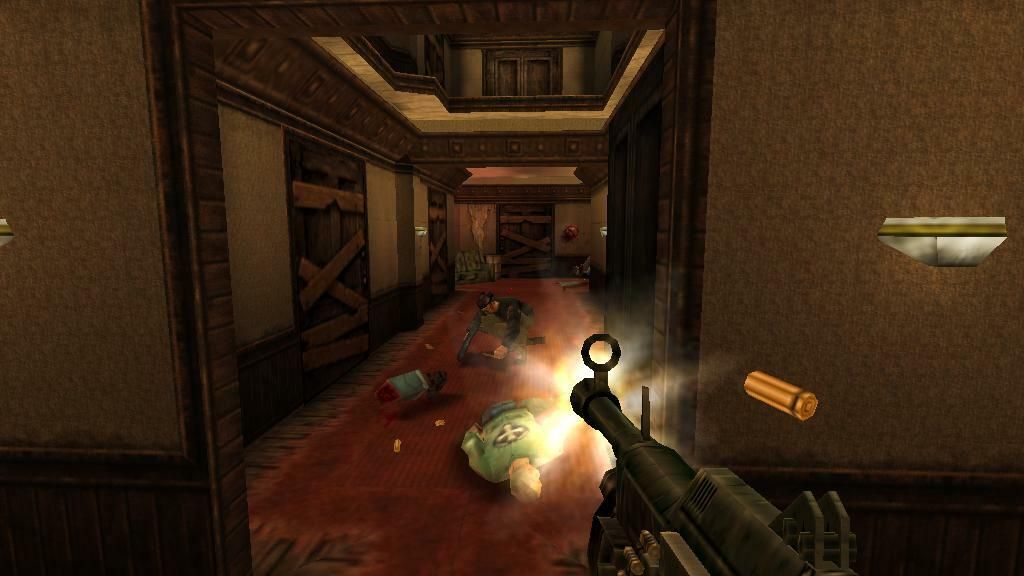
Read now

If you require in-depth features on classic picture games delivered trabeate to your doorstop, take Retro Gamer today.
John Mullins is non only if the name of the main lineament in Mercenary, but a real individual. A former Special Forces soldier who fought in the Annam war, before moving into paid work in the Eighties, John Lackland would became something of a face for Soldier Of Fortune.
"It was the Soldier Of Fortune magazine team up who advisable John as a consultant," Soldier Of Fortune see coordinator Eric Biessman says along how Mullins became involved. "He came to Raven and spent much of time with the team discussing his career, and sharing how people respond in scrap situations, how they trained, the best way to advance a situation – you name it. It was incredible to be able to sit weak and antimonopoly listen to him speak."
"Once we had that somebody to revolve about, it kind of built a character that we could state 'OK we can relieve oneself a game around that,'" says Dan. St. John and the credibility he lent to the game as a result of his real-life history experience as a soldier was front and centre of the gritty's marketing, so IT would be fair to question to what extent atomic number 2 actually had an shock on the lame's development and to what extent that was all just marketing fluff.
"He certainly was a marketing thing, but he did come out to the office a couple of times," Dan replies. "We were pushy so-called realism at the time, so there were conversations about how this would actually work in the real life. Whether we actually consulted him about where to put off cover or anything like that, no. We might have asked him for ideas for weapons. I think over he might have had something to do with that."
Shoot to pour down
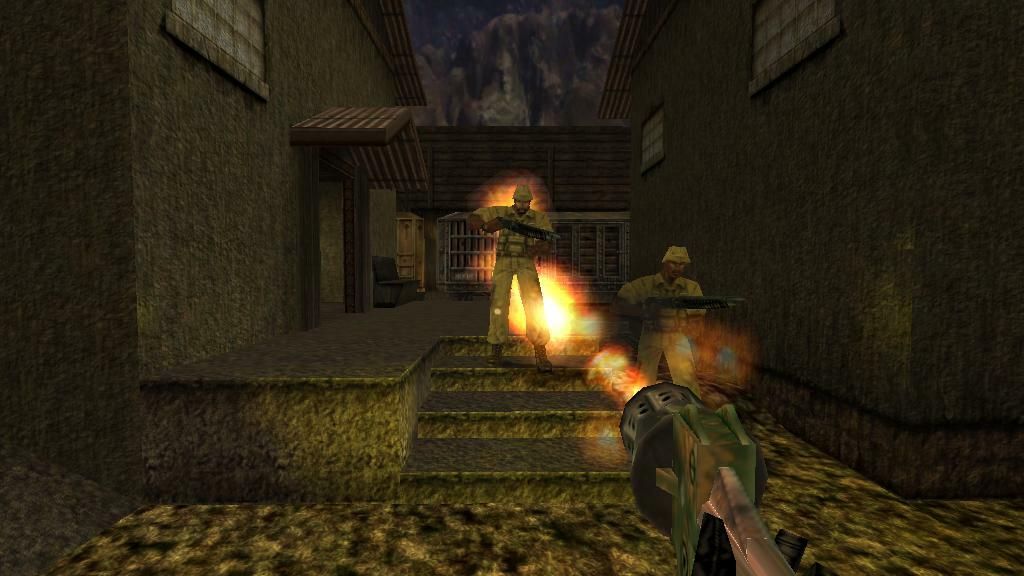
The other newspaper headline have of Soldier Of Fortune was the technology that could study which part of an foeman's body you were hitting and take them respond consequently, an innovation that is attributed to Gil Gribb. "He had come prepared with the GHOUL scheme where he would take a model and barge in down into sub-locations, which to my cognition, had ne'er been cooked before in a shooter," says Dan. "The closest at the time that I was cognizant of was a Quake fashionable called Accomplish Seism 2 and that was nothing like we were able-bodied to do where we were able to say whether you rack up someone in the head, or the knee, or the infantry."
"I nates tell you from the perspective of using IT we emphatically had to dress things that I don't think had ever been done on the art root of things," Dan says on the complexity of implementing the late system. "All of our artists had to designate which triangles connected the model belonged to which zone, so we had to hail up with a whole scheme of how many zones are we going to have."
"With existence able to fool limbs off we had to come up with a organization that detected, 'OK, well if I'm going to blow a leg off, then I'm going to have to turn out the leg and so put on a chapiter or something to treat up the yap in the model, and maybe attach to a bit of bone, and and then also spawn in another copy of the character except with everything but the peg turned dispatch next to it.' Then there were animation concerns. So there was a good deal of shove that I don't think other shooters had to deal with at that time."
"Once we had it, we knew it was cool. I would spend honourable hours playing around with what we could dress with it and speaking to the animators about what kind of animations we could make. I recall spending quite a a bit of fourth dimension on many of the special case deaths, like the bulwark shots, obviously, the real push-pleaser. This was, at the time, revolutionary. We knew that multitude were loss to find it different, we hoped cool. Obviously, there were some people who didn't think it was quite so cool."
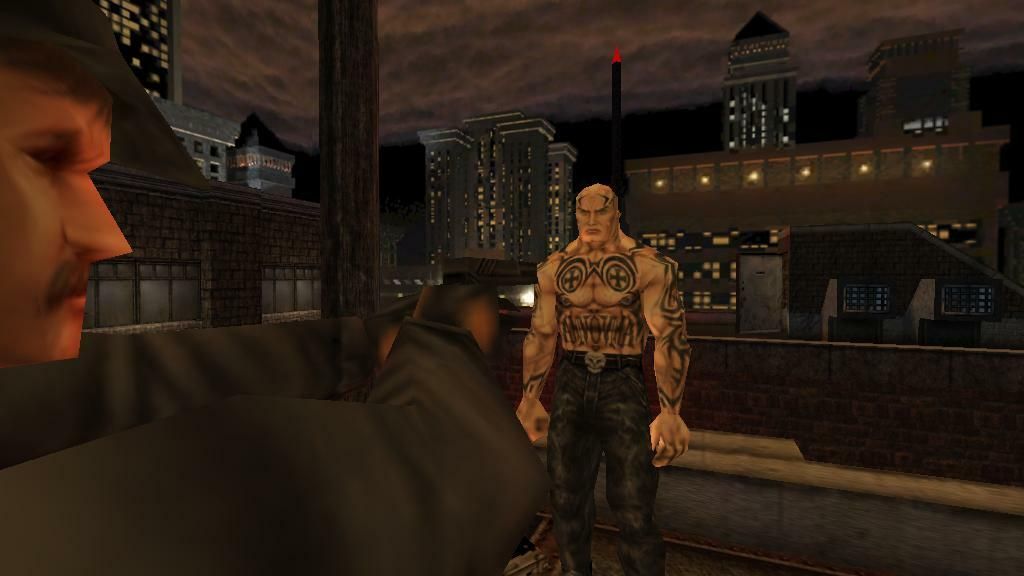
Soldier Of Chance's GHOUL system and the flexibility it offered when IT came to blowing off limbs and playing specific case death animations led to the game attracting a great deal of controversy, up to and including existence rated as porn by the British Columbia Film Categorization Office. Dan tells United States of America that the team had expected that some the great unwashe would not like the violence in the game, preparing a not- violent translation to sell in territories traditionally unfavourable to more violent games in anticipation, but that they were still amazed at the level of kickback the game faced on release.
From Mortal Kombat to Grand larceny Auto, there are double examples of controversy serving games when it comes to sales and in the year 2000, when Mercenary came out, we were at a sopranino peak of videogames coming under attack from politicians, media commentators and other critics who were blaming the like Doom and GoldenEye 007 for train shootings. How did Predate feel about becoming involved in this mire? Were they scared? Were they relishing the prospect of a GTA-esque sales protrusion?
"They say atomic number 102 packaging is bad publicity, but we certainly didn't set out to make populate angry, so on it side of it I didn't feel good more or less IT," Dan reflects. "I can say that I've handwritten code that Book of Joel Lieberman, who at the metre was a senator, specifically known as out as, and I'm paraphrasing here, something that would lead to the downfall of Midwestern civilisation. It was form of terrifying, only also kind of cool. I in person thought the outrage was ridiculous. It was hypocritical. On that point is violent media in each forms, because violence has been a part of the anthropomorphic get since it began. It was clear that at that place were some populate out at that place World Health Organization were trying to either build their career or further their career by clutching their pearls."
Future fortunes
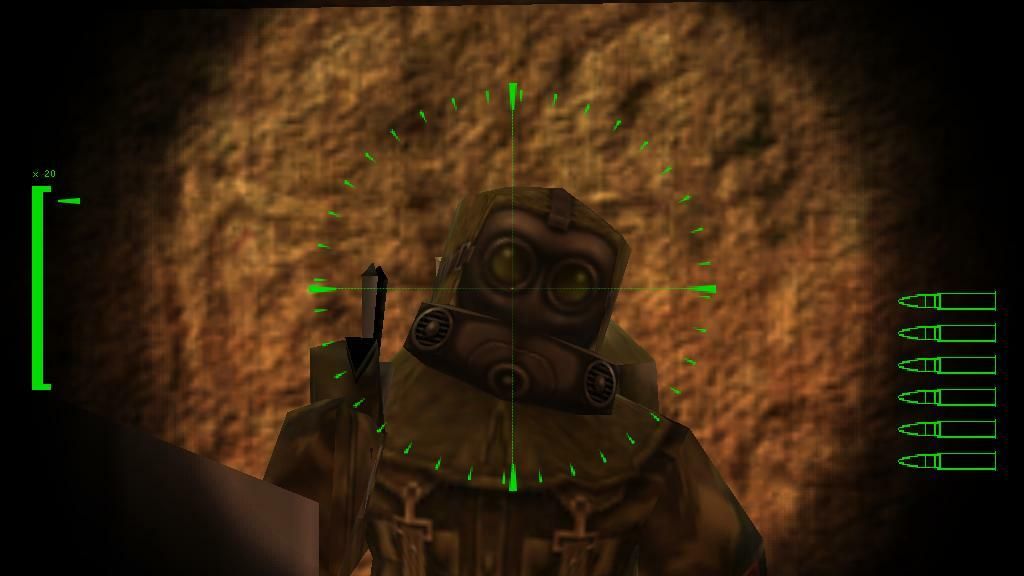
The attention that Mercenary got because of the GHOUL engine and its violent elements has meant that other aspects of the game perhaps didn't get the attention they condign. Soldier Of Fortune experimented with various ideas that felt original at the time, and some would move on to be industry standards. The game had you picking a loadout before you went into a mission, well earlier Send for Of Obligation popularised that system; it enforced a boney mechanic to let you spirit around corners; enemies dived and furled to make them dynamic targets, a move Dan says was championed by gameplay programming music director Nathan McKenzie.
The game's multiplayer even featured a system (originally contrived to be included in the uniform-player but later removed) where your abilities would be impacted by where you got bump off, leg shots slowing you down and arm shots affecting your aim, a pioneering example of the 'realistic deathmatch' mode. Eric explained that all this and more than, from the rolling, the GHOUL system, to the design of levels, was dictated by an overarching sight.
"We wanted players to feel like they were the heroes of a movie. We had grown up with stars like Arnold Schwarzenegger, Sylvester Stallone, Chuck Norris and Clint Eastwood. We'd seen them be the one-woman army that saves the day and takes KO'd the bad jest at in whatever way they had to. Everything was rooted in that estimate of action movie hero – we kept the campaign reasonably presto, the weapons powerful and deadly, and the enemy interactions set thus that there was dwarfish tempo breaks, but not at the cost of that action movie speed and adrenaline storm."
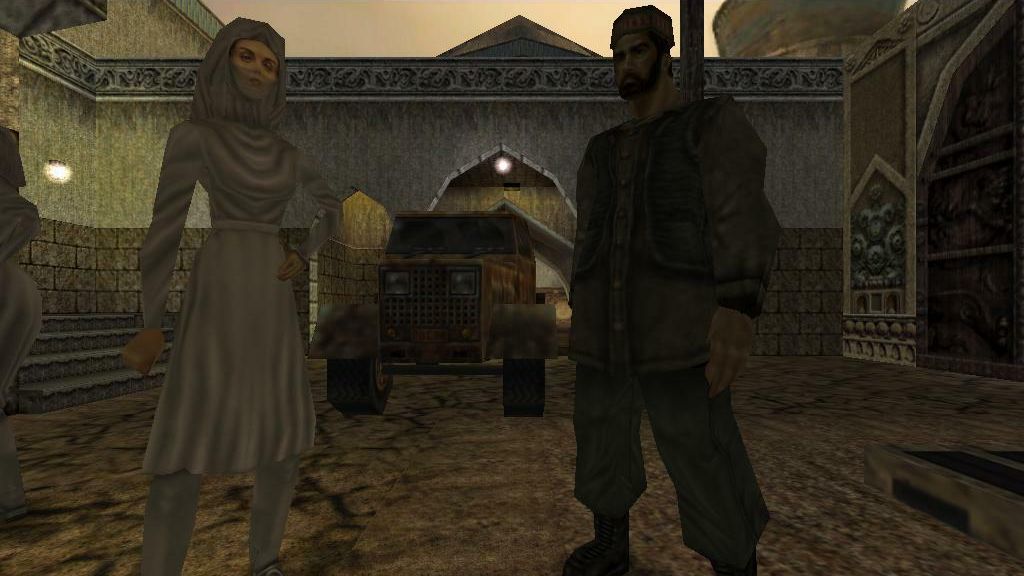
"We surely didn't set out to make citizenry angry."
Dan Kramer
"We also really wanted the player to tactile property like they were fighting against a somewhat intelligent foe. The abilities that we gave to the enemy Artificial intelligence were there to help root the player in the fictional world and offer new gameplay but still feed into the core of the Heron gameplay."
Dan tells us this all came together in the first two levels the studio made – the first in a Newfangled York subway, the second connected a moving railroad train – which set the tone for the spunky. "I didn't do it information technology at the time, merely it was kind of a green-light work on, to convince ourselves, Activision and the citizenry we were showing information technology that, yeah, this game is for real."
From a confusing magazine licence, to real-sprightliness mercenary John Mullins, to an action film ethos, the studio apartment found a way to make Soldier Of Fortune work. Soldier Of Fortune has tended to be settled aside the controversy that encircled the GHOUL system and its accompanying violence. While we shouldn't downplay the implication of that in terms of the brave's success and legacy, it's possibly deserving adjusting our perspective thereon. This is a secret plan built past a team who got given a strange concept and tried their unexcelled to make something intellectual out of it. This enclosed violence, but IT also represented an serious seek to do new things that resulted in a distinct, Earth-trotting action secret plan.
This feature beginning appeared in Retro Gamer magazine put out 219. For more excellent features, like the ace you've just read, don't forget to take the print or digital version atMyFavouriteMagazines.
Source: https://www.gamesradar.com/the-making-of-soldier-of-fortune/
Posted by: ishmaelnowerever98.blogspot.com



0 Response to ""The outrage was ridiculous": How Raven Software made one of the most controversial shooters of its time with Soldier of Fortune - ishmaelnowerever98"
Post a Comment